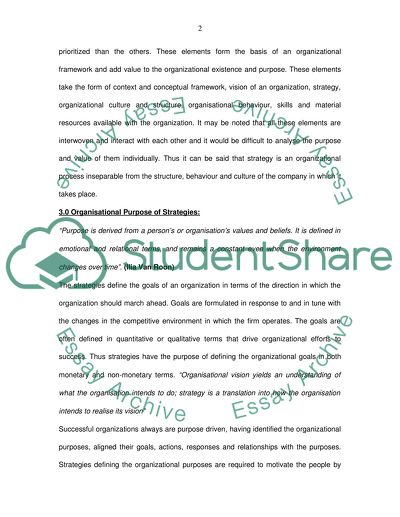Cite this document
(“Purpose of strategy Essay Example | Topics and Well Written Essays - 2250 words”, n.d.)
Purpose of strategy Essay Example | Topics and Well Written Essays - 2250 words. Retrieved from https://studentshare.org/miscellaneous/1504973-purpose-of-strategy
Purpose of strategy Essay Example | Topics and Well Written Essays - 2250 words. Retrieved from https://studentshare.org/miscellaneous/1504973-purpose-of-strategy
(Purpose of Strategy Essay Example | Topics and Well Written Essays - 2250 Words)
Purpose of Strategy Essay Example | Topics and Well Written Essays - 2250 Words. https://studentshare.org/miscellaneous/1504973-purpose-of-strategy.
Purpose of Strategy Essay Example | Topics and Well Written Essays - 2250 Words. https://studentshare.org/miscellaneous/1504973-purpose-of-strategy.
“Purpose of Strategy Essay Example | Topics and Well Written Essays - 2250 Words”, n.d. https://studentshare.org/miscellaneous/1504973-purpose-of-strategy.


